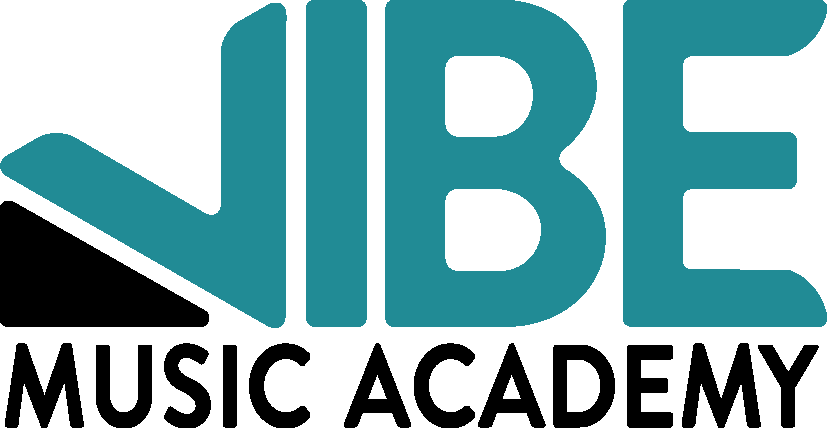All accomplished athletes devote the beginning of each training session to warming up. Whether that is taking a light jog, swimming laps in the pool, or running through a set of stretches, they use their warmups to prepare their bodies for the demands of each practice session, and although musicians and athletes may not always see eye to eye, the warmup is one area where we can learn a lot about how to prepare ourselves for successful practice.
Why Warming Up Is Important
Warming up is essential because it prepares your body both physically and mentally for the task of playing music. Although the physical demands of playing music may not seem significant compared to athletics, making music is a surprisingly physical activity that can just as easily cause injury without proper preparation. For instance, a pianist who does not warm up can end up with a painful case of carpal tunnel, and violinists can strain their neck and shoulder muscles. Vocalists who don’t warm up risk harming their vocal cords, and brass players can damage their lips, making them grow painfully swollen and fatigued. These injuries, which can be easily avoided, make playing incredibly difficult (if not impossible), but those who take the time to warm up at the beginning of each practice session find that their bodies are more relaxed, responsive, and ready for the task of playing.
Besides the physical benefits, warming up also prepares your mind to focus on the task of learning new music. In the absence of a warmup, many musicians wander through practice sessions, making little headway on their pieces because their minds are preoccupied with something other than their music. By contrast, taking time to warm up and prepare yourself mentally helps reign in your focus so that your practice session is more productive and fulfilling, and much less frustrating.
How To Warm Up Effectively
Now that you know why warming up is important how can you start incorporating it in your practice routine? Every instrument is different, and many instructors may have different ideas about the most effective exercises to incorporate in your warmup, but a few general principles that apply to all instruments should set you on the right track.
1. Stretch. You use your body a lot when you play, so take the time to stretch the parts that will be used the most in your playing but don’t forget less obvious places that may be also be affected. For example, pianists should have loose and limber wrists and fingers but also make sure that their backs, necks, and shoulders are comfortable, as tension there can inhibit playing.
2. Start easy then increase the difficulty. Your warmup is meant to take you from a static position to performing at your top potential, so start slowly and make things more challenging gradually. You don’t want to hit the hard stuff right away, but your warmup still needs to prepare you for the demands of what you have to play. If you need to hit that high C or nail some lightning-fast 32nd notes, then your warmup needs to get you there. Start with something in a comfortable range, speed, and dynamic level and then turn up the intensity level.
3. Be Intentional. To gain the full benefit from your warmup, you need to avoid going through the motions. Believe me, I understand that warming up can be the least fun or interesting part of playing, but the adage is true: you play how you practice. Doing the hard work of taking your warmup seriously and using it as a time to get focused on playing will pay huge dividends in the productivity of your practice time, leaving you feeling much more satisfied with the quality of your playing.
Ready to take your warmup game to the next level? Start by signing up for lessons today and asking one of our expert instructors how you can turn your warmups into excellent playing.
- Jordan Koehlinger, Music Instructor at Vibe Music Academy




